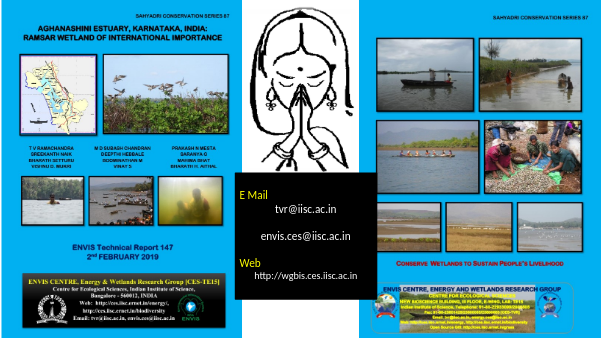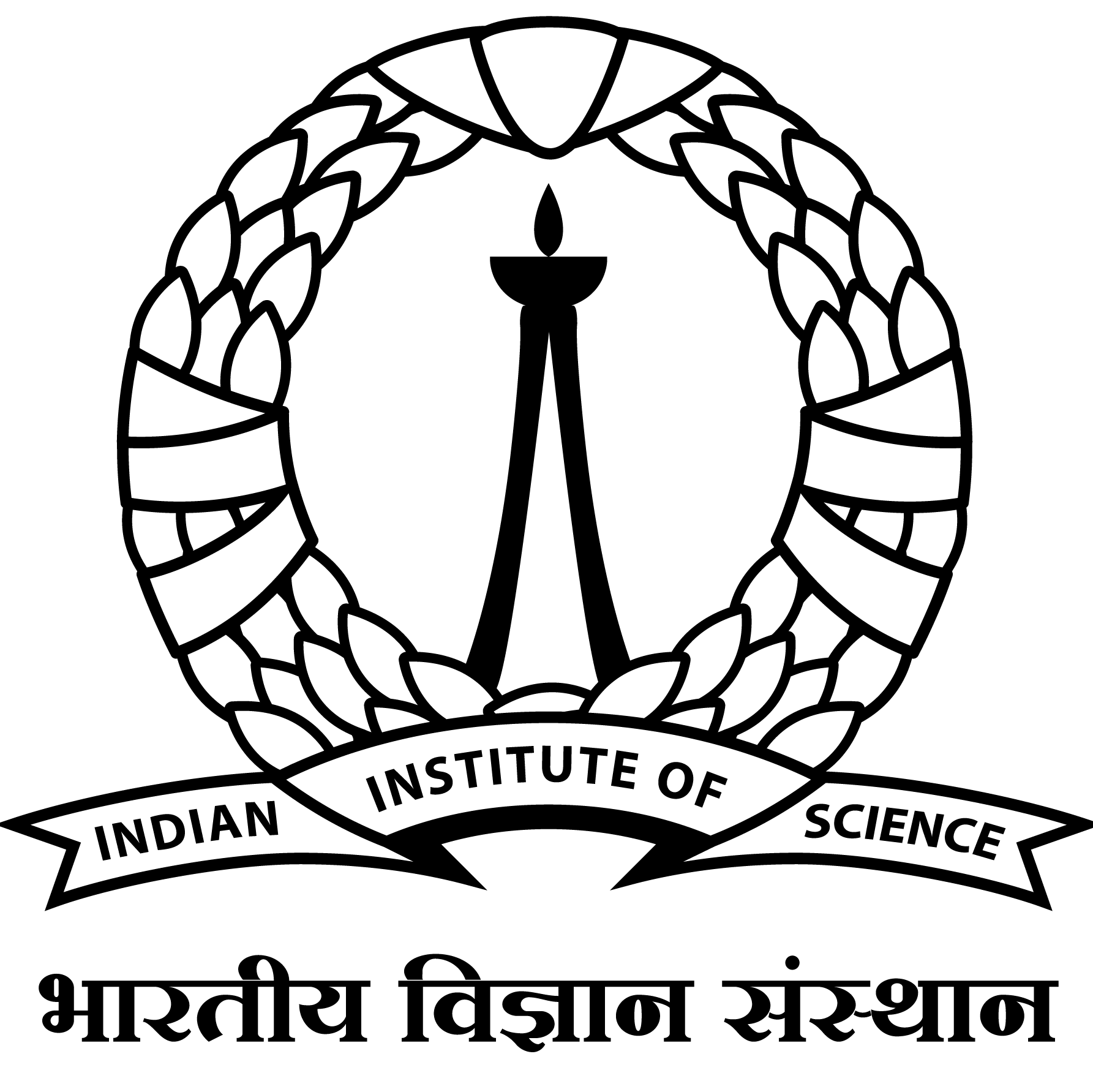INTRODUCTION
“Wetlands are areas of marsh, fen, peatland
or water, whether natural or artificial,
permanent or temporary, with water that is
static or flowing, fresh, brackish or salt,
including areas of marine water the depth of
which at low tide does not exceed six
metres”
(Article 1.1). In addition, Ramsar Sites
“may incorporate riparian and coastal
zones adjacent to the wetlands, and islands
or bodies of marine water deeper than six
metres at low tide lying within the
wetlands”
(Article 2.1;
https://www.ramsar.org).
DECLARATION OF AGHANASHINI ESTUARY, KARNATAKA, INDIA AS RAMSAR WETLAND OF INTERNATIONAL IMPORTANCE, 31 January 2024
Wetlands, transitional lands bridging the gap between terrestrial and aquatic ecosystems, are among the most diverse and productive ecosystems, with biophysical interactions that provide numerous ecological, economic, and social benefits for human well-being. These vital ecosystems sustain ecological processes to provide services such as nutrient cycling, water purification, reducing pollution, carbon sequestration, groundwater recharge, flood reduction, erosion control, habitats for aquatic biota, education opportunities, aesthetics, and recreation. In this context, World Wetlands Day is celebrated every year on 2nd February to raise global awareness about the vital role of wetlands for human well-being and commemorate the adoption of the Convention on Wetlands on 2nd February 1971 in the Iranian city of Ramsar. The Convention underscored sustainable and wise use of wetlands while advocating ecosystem approaches for the preservation of fragile ecosystems. Currently, 172 Ramsar Convention Contracting Parties and 2,500 Ramsar Sites totalling 2.5 million square kilometers are designated Ramsar Wetlands of International Importance. There are 80 wetlands of international significance in India (https://www.ramsar.org/) spanning 1,332,200 hectares (which includes recently (on 31st January 2024) designated five wetlands - Ankasamudra Bird Conservation Reserve, Aghanashini Estuary and Magadi Kere Conservation Reserve in Karnataka, and Karaivetti Bird Sanctuary and Longwood Shola Reserve Forest in Tamilnadu ). Pledged contracting parties advocate wise use of wetlands and water resources in the respective regions through national conservation plans, policies, legislation, management actions, and public education as per the tenets of ‘seventeen Sustainable Development Goals (SDGs) of the United Nations to ensure sustainable water and land resource use, food and water security, biodiversity conservation, poverty alleviation, and climate change mitigation (https://sdgs.un.org/goals ).
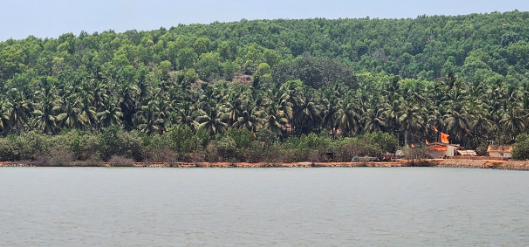
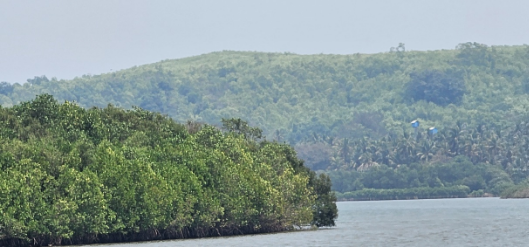
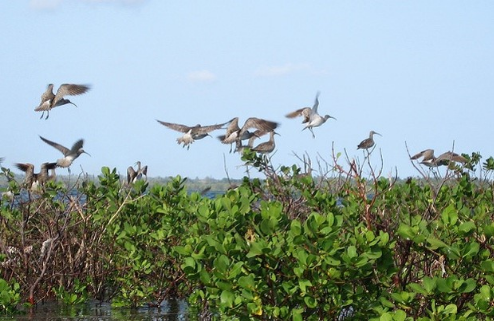
Figure 1: Aghanashini estuary -Ramsar wetland of International Significance
AGHANASHINI ESTUARY, KARNATAKA, INDIA meets
both criteria of RAMSAR wetlands namely :
(i) Group A of the criteria - Sites
containing representative, rare or
unique wetland types and
(ii) Group B of the criteria - Sites of
international importance for conserving
biodiversity.
Ecological research over 35 years by the Energy & Wetlands Research Group, CES TE 15, Indian Institute of Science and ENVIS centre at IISc (IISc-EIACP) in the ecologically significant Aghanshini estuary focussing on biodiversity (fish, diatoms, micro and macroalgae, mollusks, birds, mangroves), natural capital accounting and valuation of ecosystem services has aided in attaining the status of RAMSAR wetland of International Significance (announced by the RAMSAR secretariat on 31 January 2024).
The current issue of Sahayadri E-News (Issue LXXXVIII) presents ecological, social and environmental significance of the RAMSAR wetland – Aghanashini estuary. Designation of Ramsar wetlands status to Aghanashini estuary would aid towards comprehensive management of the estuary, in relation to coastal environmental integrity and protection of dependent biota and people’s livelihoods. Also, protection would help migratory species during their annual cycle of movement.
Aghanashini estuary contains representative, rare, or unique example of natural or near-natural wetland type supports diverse biota including human livelihood, evident from 6500-7000 families’ dependence on the ecosystem for natural resources apart from aiding as filters, shoreline protection, diverse habitats (mudflats, sand flats, etc.) and diverse micro and macro biota.
Supporting publication : Ramachandra TV, Chandran MDS, Prakash Mesta, Sreekanth Naik, Deepthi Hebbala, Saranya G, Bharath S, Bhat M, Boominathan M, Vishnu D M, Vinay S and Bharath HA, 2018. Aghanashini Estauay, Karnataka, India: Ramsar wetland of International Importance, Sahyadri Conservation Series 87, ENVIS Technical Report 147, CES, Indian Institute of Science, Bangalore 560012.
